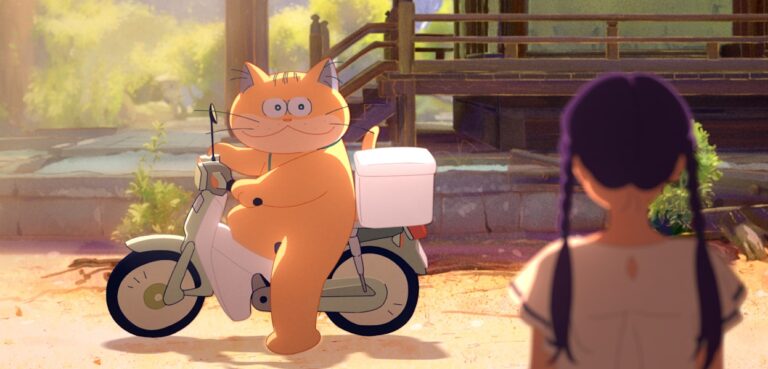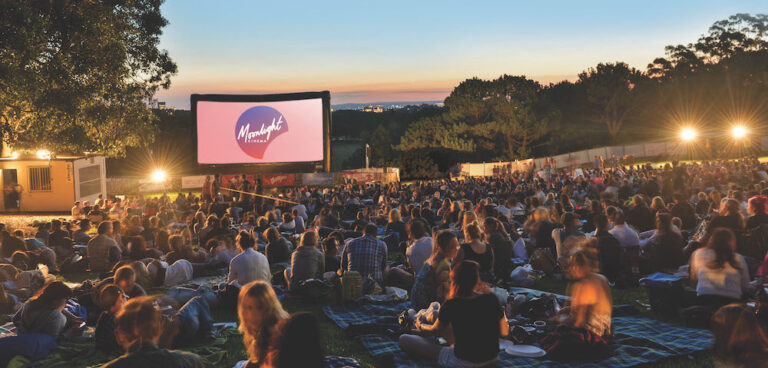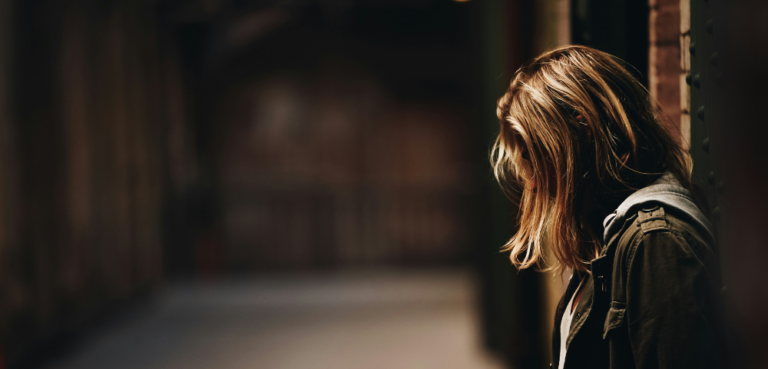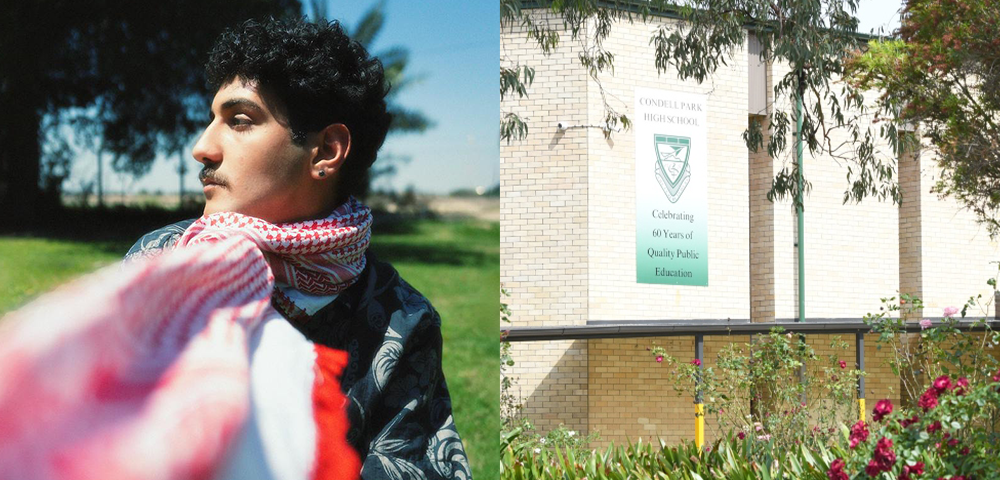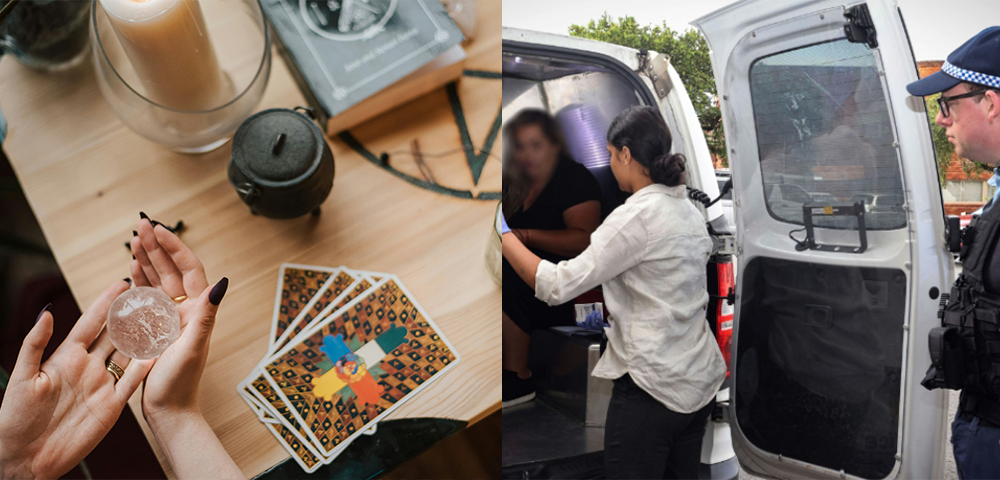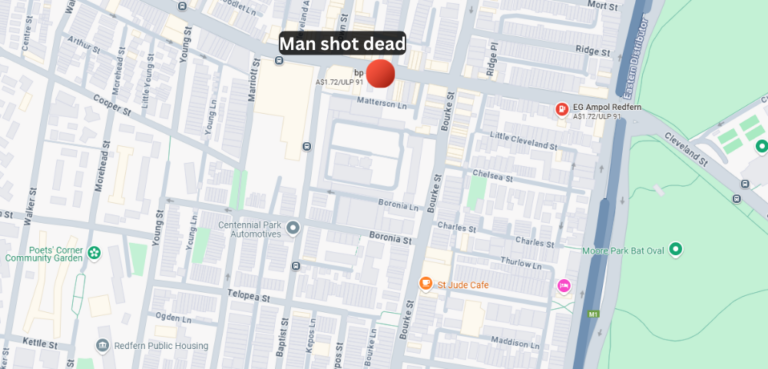
Things are getting Sirius
BY LUCAS BAIRD
Residents have welcomed a Heritage Council decision to nominate the Sirius building in Millers Point for heritage classification.
Residents have been fighting for the Sirius building for some time, after it became clear that the NSW government wanted to sell it to private developers.
This event has become the subject of an even larger fight in Millers Point to avoid the gentrification of the area, with elderly residents a major concern.
The Millers Point, Dawes Point and The Rocks Public Housing Tenants group member, Barney Gardner, was clear on the message the listing would send to the community.
“We are hoping that the Sirius building is listed as heritage,” he told City Hub.
“People living in public housing in Millers and Dawes Point, believe the building will remain as is if it becomes heritage listed. This way, there is a place for these elderly and vulnerable people to move to.”
“In other words they will not be lost to the community,” he said.
A spokesperson for the Office of Environment and Heritage told City Hub that the Heritage Council is yet to make their recommendation to the NSW Environment Minister, Mark Speakman.
But they noted that listing the building on the State Heritage Register will not necessarily prevent the sale of the property to investors.
Mr Gardner is aware of this and wants the NSW government to implement a similar practice to what has been announced regarding the planned refurbishment of social-housing in Waterloo.
Residents said they believed the building is important because of its historical significance and connection to the local community.
Millers Point, Dawes Point, The Rocks and Walsh Bay Resident Action Group chair, John McInerney, identified the architecture as the key reason the site should be on the State Heritage Register.
“It’s one of the fine examples of the Brutalist school of architecture and is internationally important,” he said.
This was echoed by the Associate Head of the School of Architecture at UTS, Gerard Reinmuth.
“Architecture, like music or fashion, inevitably goes through cycles and different styles emerge,” he told City Hub.
“The Brutalist era is really actually just starting to become interestingly appreciated again.”
“Five or ten years ago you would have struggled to get anybody talking about brutalist architecture, but now there are a series of websites and a series instagram accounts [dedicated to Brutalist architecture].”
“There is now a connoisseurship about Brutalist architecture that wasn’t there 10 years ago.”
Prof. Reinmuth argued that keeping classic Brutalist buildings like Sirius are important for the city’s sense of identity, despite the softer form of Brutalism he feels is emerging around the Sydney area.
“My personal view is that we should always try and keep things if we can. A city without a memory is not good.”
“We go and love cities that have loads of history and, so I’d always try and keep it. That might mean resusing it, adding to it, but at least try and keep it.”
Mr McInerney also said the Sirius building played a “critical” role in the area’s local history.
“We see it as a building that was critical in the whole “Saving of the Rocks” by the green bans in the 70s,” he said.
“What happened is that the Builders Labourers Union lifted the green ban to allow redevelopment once they were assured that accommodation would be built in the form of Sirius for people who were thrown out by any redevelopment.”

